POL and POD in Ocean Freight: Meaning, Differences, and Key Roles in International Shipping
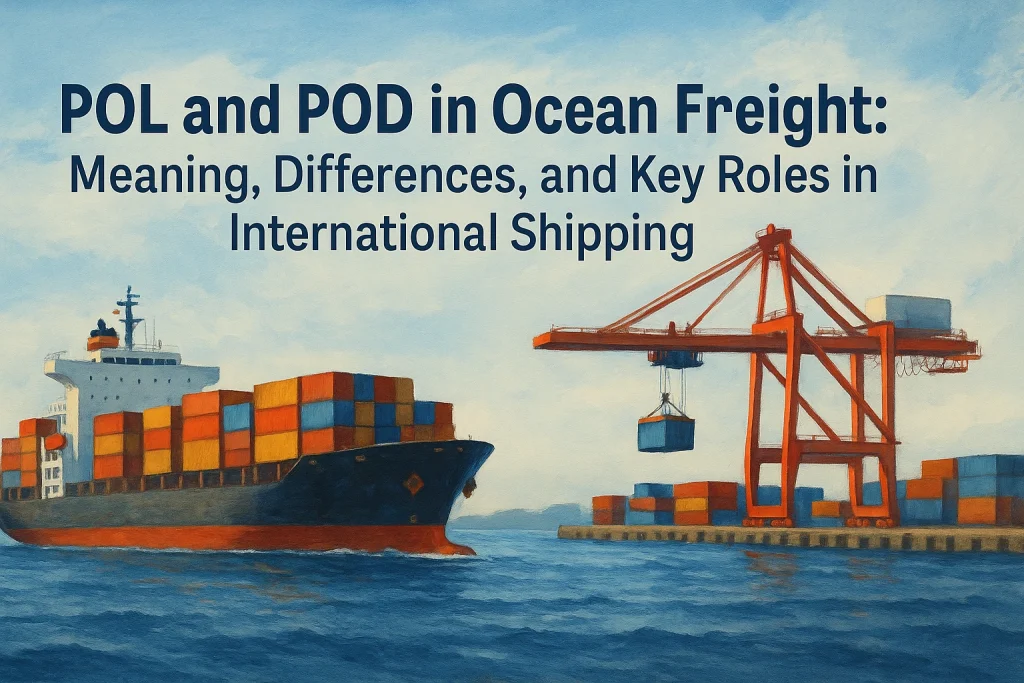
POL and POD in Ocean Freight: What They Mean and Why They Matter In international ocean freight shipping, the terms POL and POD are essential for understanding the movement of cargo from origin to destination. These terms indicate the main loading and unloading ports used during transportation, and they play a critical role in how […]
Five Key Deadlines in Freight Forwarding
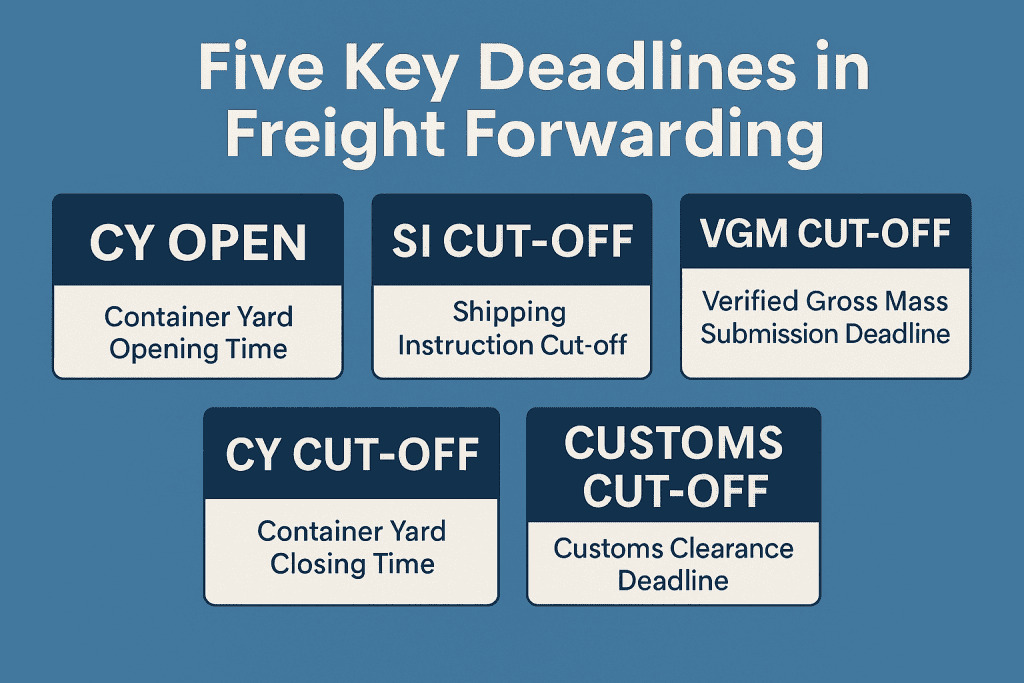
In international shipping, mastering these five critical time points is essential to ensure your cargo is loaded smoothly and on schedule. Missing any of them could lead to delays, extra costs, or even missed sailings. 1. CY OPEN — Container Yard Opening Time This is the earliest time containers are allowed to enter the port […]
Container Types, Weight Limits, and Volumes
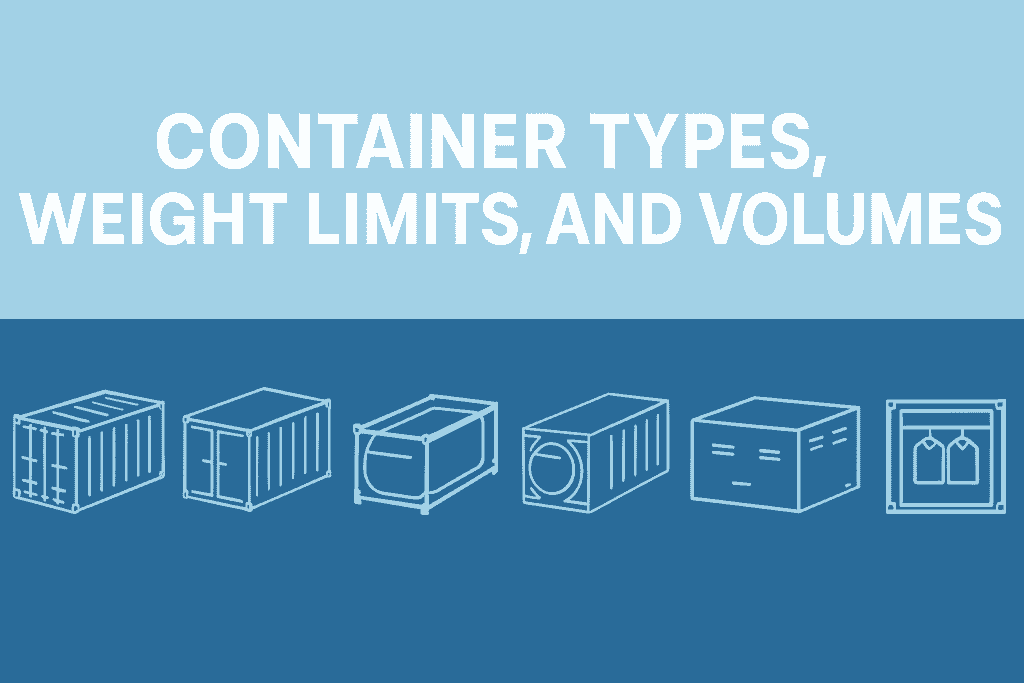
Shipping containers are the backbone of global trade, offering standardized, secure, and versatile solutions for transporting goods across the world. Understanding their types, capacities, and limitations is essential for efficient logistics planning. 🛠️ I. Common Types of Shipping Containers 1. Dry Container The most widely used type, ideal for general dry cargo such as clothing, […]
Understanding Pre-pickup, Pre-entry, and Container Drop-off in Shipping Logistics
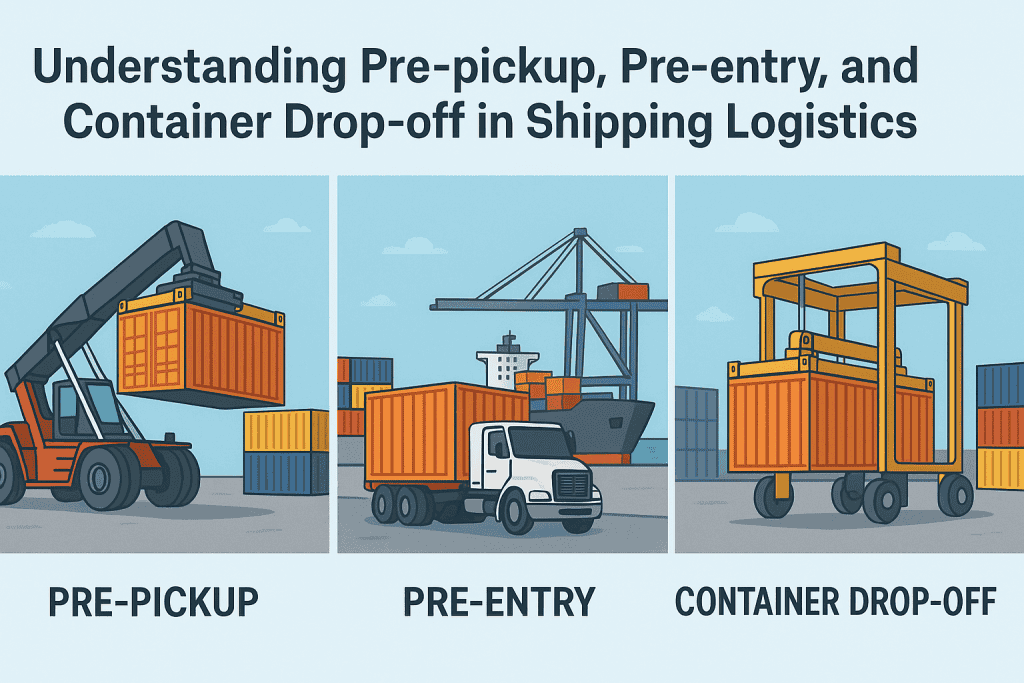
In international container shipping, three key logistics terms — pre-pickup, pre-entry, and drop-off — often determine how smoothly your cargo moves from the factory to the vessel. Knowing what they mean and how they work can help you optimize scheduling, reduce costs, and avoid delays. 1. Pre-pickup: Securing the Container Before Cargo Is Ready What […]
Fully Cellular Container Ships: The Backbone of Global Containerized Trade
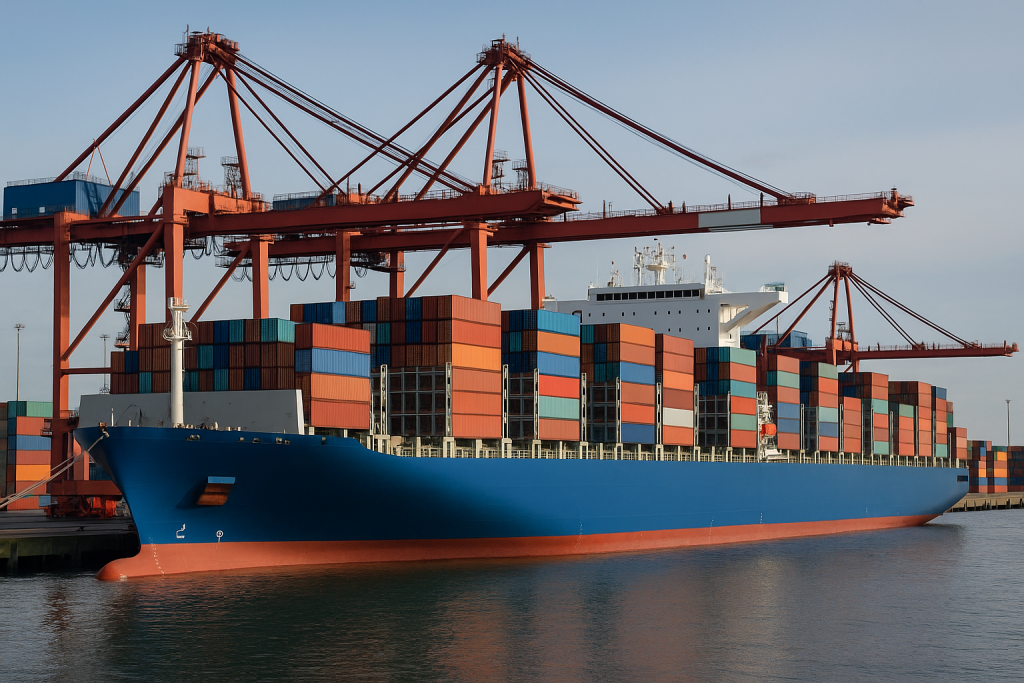
Fully cellular container ships are specialized cargo vessels designed exclusively for transporting containers. Both the cargo hold and deck are purpose-built to accommodate containerized cargo. These ships feature grid-style cell guides and vertical rail systems within the holds to secure containers and allow for multi-level stacking. On deck, their flat structural design supports stacking up […]
US Customs Exams and Hold Types
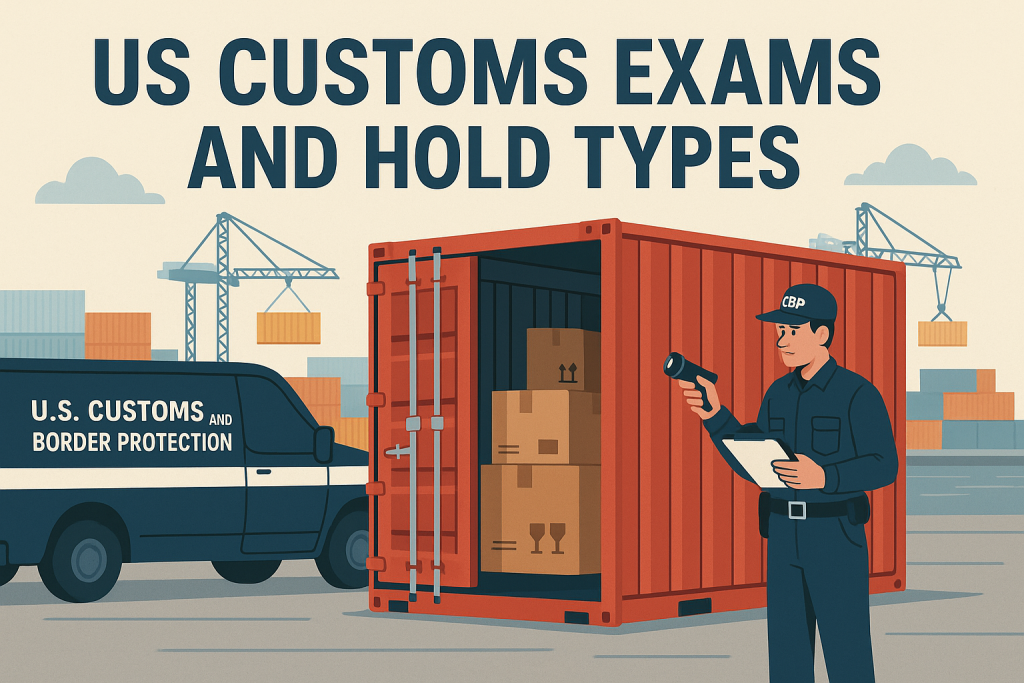
1. What is Customs? Following the terrorist attacks of September 11, 2001, multiple agencies—including Border Patrol, Immigration and Naturalization Services, the U.S. Department of Agriculture, and U.S. Customs—were merged to form what we now know as U.S. Customs and Border Protection (CBP). It is the largest and most complex organization within the Department of Homeland […]
Comprehensive Guide to Container Classifications and Their Applications
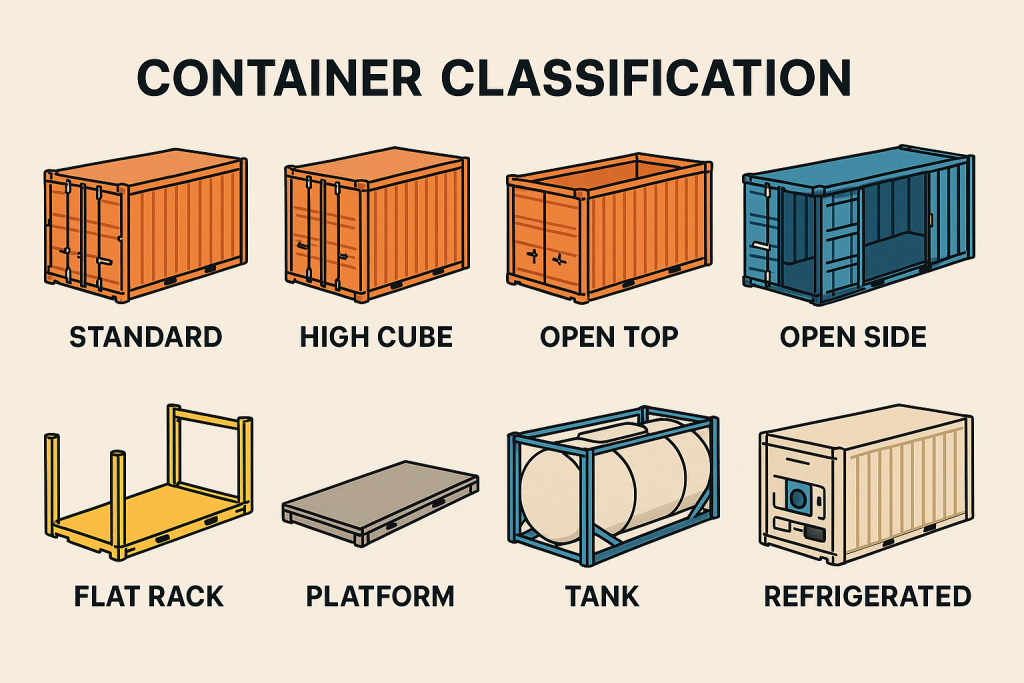
Classification by Cargo Type Dry Container (DRY CONTAINER): The most common container, primarily used for transporting general cargo that doesn’t require temperature regulation. Bulk Container (BULK CONTAINER): Used for loading powder, granular goods, and various bulk commodities. Liquid Cargo Container: Specifically designed for transporting liquid goods. Refrigerated Container (REEFER CONTAINER): Equipped with refrigeration units and […]
Golden Rule for Container Sizing: Choosing the Wrong Container Could Cost You 30% More in Shipping Costs
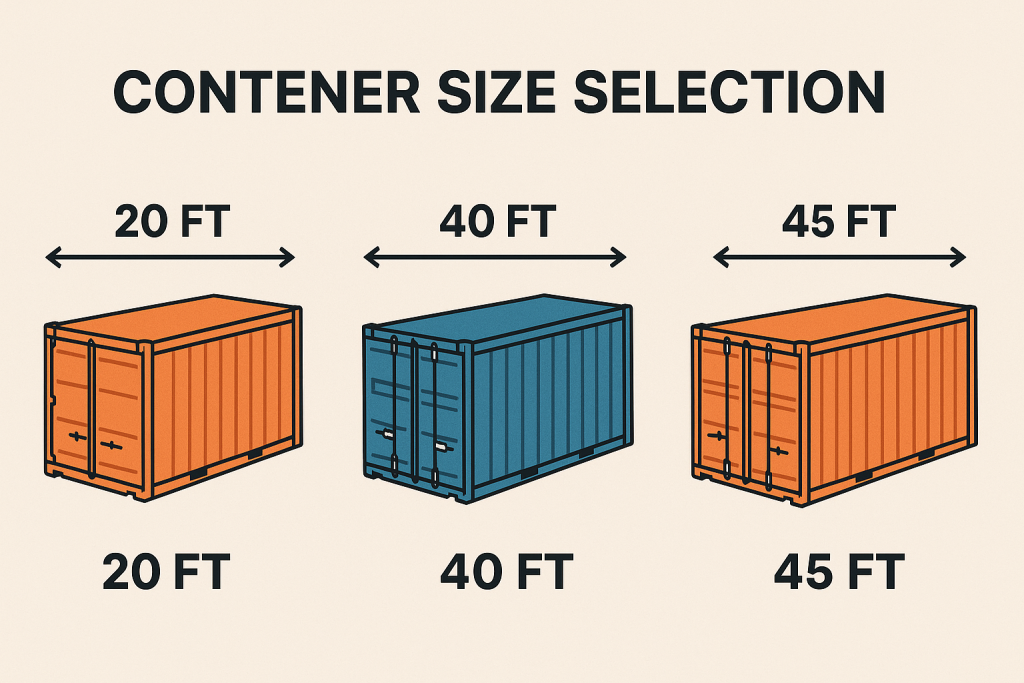
In international sea freight, the 20GP and 40HQ containers are the two most commonly used types, but 90% of cargo owners are unaware of their true load capacity. A 40HQ container has 86% more volume than a 20GP, yet the shipping cost only increases by about 50%. This article reveals how you can optimize loading […]
Understanding Container Weight Limits: What Shippers Must Know
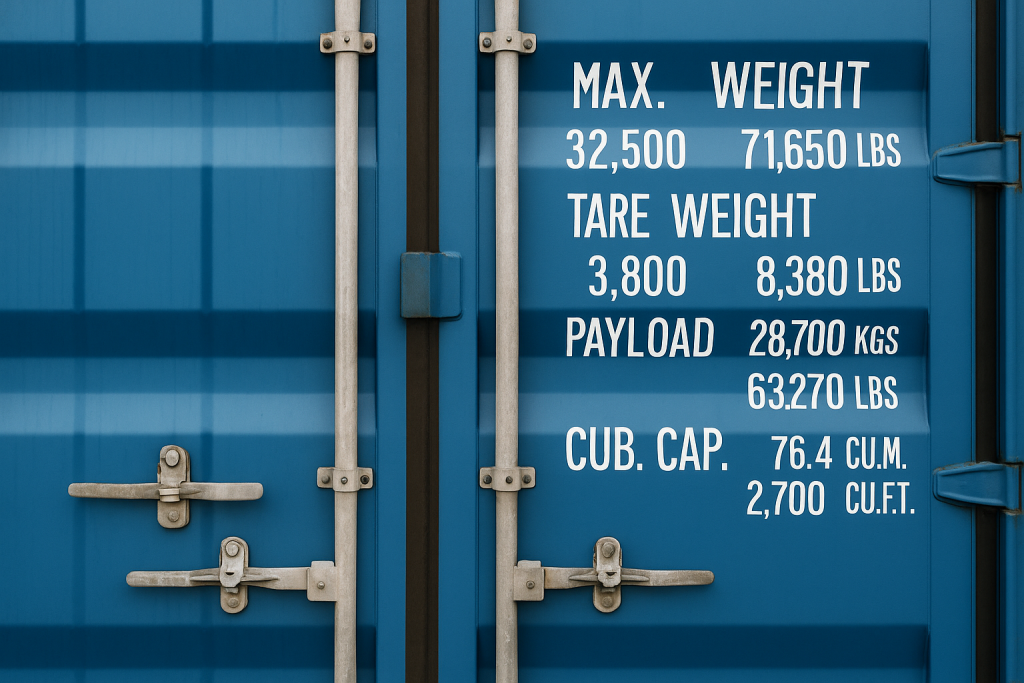
When shipping with containers, one of the most important aspects to understand is the weight limit of the container itself. Every shipping container is clearly labeled with its maximum gross weight (MAX WEIGHT: XXXX KGS) and its tare weight (TARE WEIGHT: ZZZZ KGS). The net cargo weight limit, also referred to as PAYLOAD (e.g., PAYLOAD: […]
Can a Bill of Lading Be Amended After the Vessel Has Sailed?
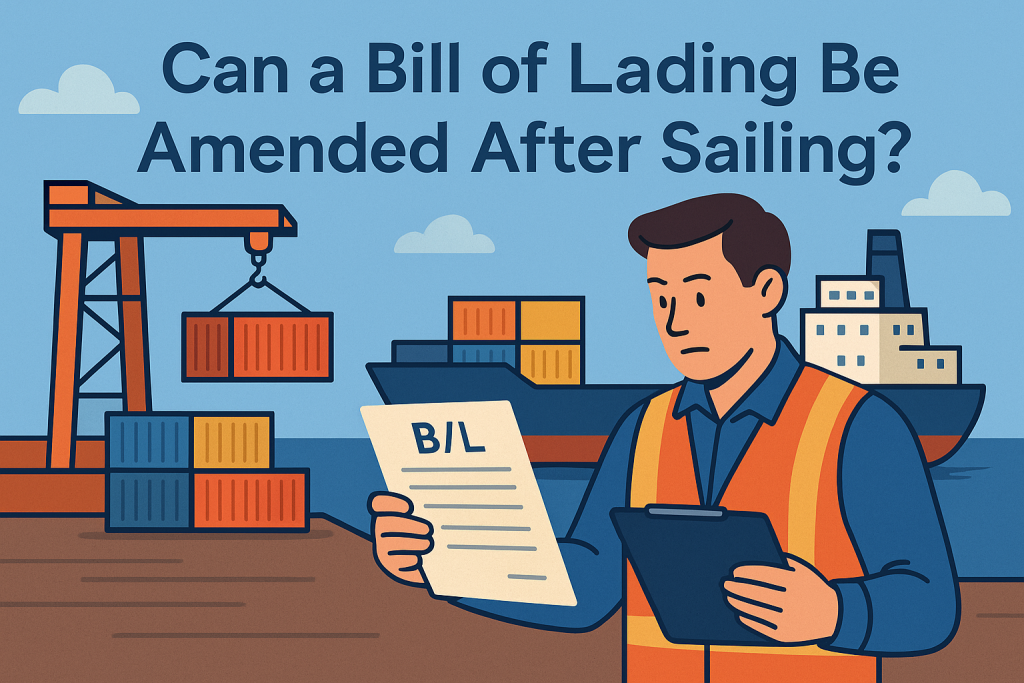
The bill of lading (B/L) serves as a crucial document of title in international shipping and, in principle, should not be altered once issued. However, in real-world operations, situations may arise that necessitate amending certain elements of the B/L—even after the vessel has departed. If any of the following issues occur, it is essential to […]

